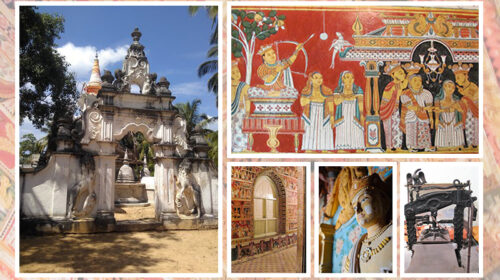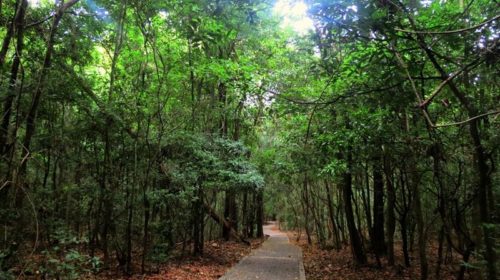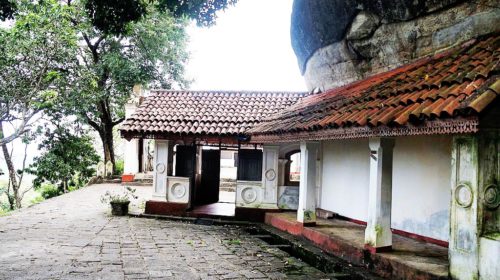Isurumuni Viharaya

Isurumuniya is most popular for its stone carvings
The Isuru Muni Vihara is where Arahant Mahinda came and was appointed 500 years prior. It is a sanctuary worked by King Devanampiyatissa in the third century BC. It is otherwise called ‘Isiramana’ as indicated by the engraving cut on the Vessagiri rock.
Ruler Chandamuthasiva (44-52 AD), child of King Ilanaga, constructed a tank in the town of Manikara and offered it to the Isuru Muni Vihara. The Mahavamsa states that a divider was worked around it. It is additionally referenced in the Mahavamsa that King Kasyapa I reestablished Isurumuniya and joined the names of the little girls Bo and Upulvan with the name of Raju and raised Isurumuniya as Kassapagiri. It is otherwise called Kassapagiri for short. The remodel of the Isurumuni Vihara, which had been in presence for quite a while, was begun again in 1872 under the initiative of Ven.
The present Isurumuni Vihara is a sanctuary based on a stone. It is otherwise called one of the Atamasthas. The old sanctuary of Isurumuniya is a little sanctuary cut out of a stone on the east side. The entry and the related mythical beast pandal are cut out of stone. The enhancement of the Dragon Pantheon is in the style of the tenth century or something like that.

As indicated by Professor Fogal, the cutting of a situated man and a pony cut on top of a stone over the Isurumuniya lake has a place with the Pallava custom. This is a seventh century cutting. Researchers contrast on this point. Parker says this human figure addresses a trooper. Coomaraswamy says that this portrays a sage named Kapila. Prof. Paranavithana says that the human structure portrays the downpour god Perjanya and the pony head Agni.

This cutting portrays a respectable man and four other people who went with him. In the focal point of this semi-round stone tablet currently housed in the Isurumuni Museum is a grand man. It is preposterous to expect to say without a doubt what these carvings address. As per Mr. Paranavithana, this stone cutting addresses the event when King Dutugemunu went to meet Prince Saliya and Ashokamala.

This cutting, which has a place with the Gupta craftsmanship custom, is regularly known as the Isurumuni couple. One view is that this shows Shiva Parvati. Another view is that this addresses Prince Siddhartha and Goddess Yashodhara. As indicated by Prof. Paranavithana, this addresses Saliya and Ashokamala. This is a grand stone cutting tracing all the way back to the fifth century.

A solitary figure engraved on one side of the stone cuts an elephant that hurls and down, etching the style of the net game as well as the type of development. On the opposite side of the stone divider you can see a cutting of three ivory figures. This mirrors the front perspective on two elephants and their way to deal with the lake.



